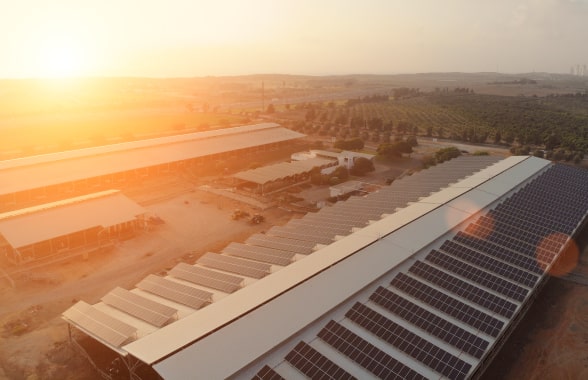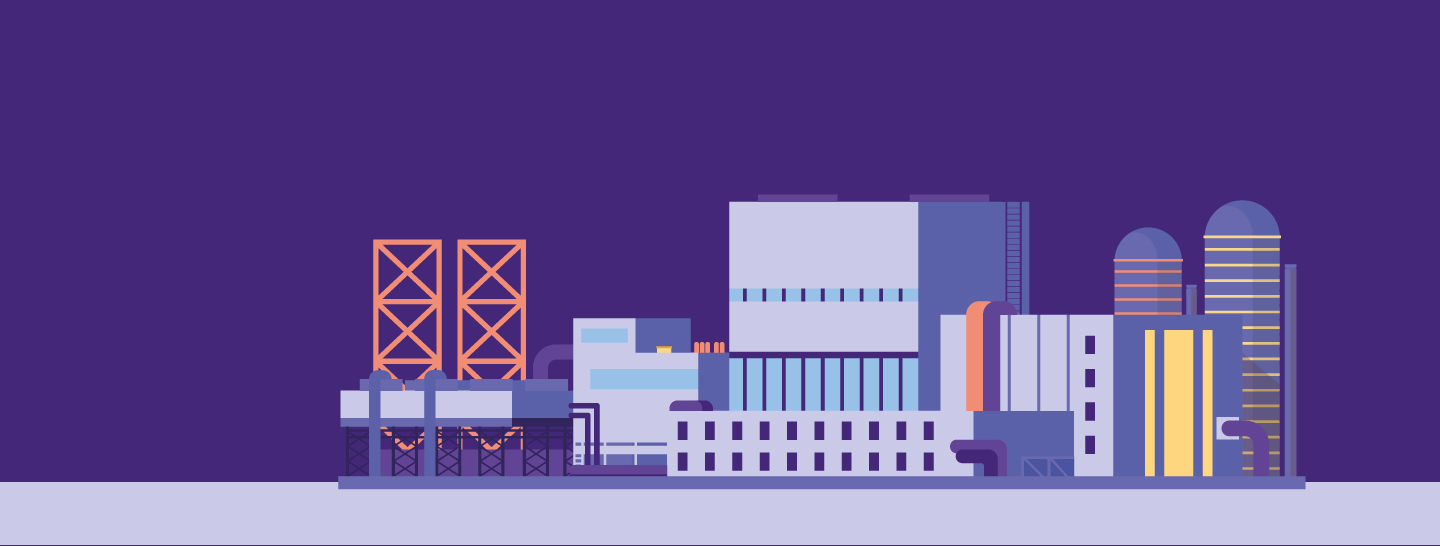
Transitioning to a decentralized energy system
We are currently living through a revolution that is changing the way energy is generated, stored, and consumed. Our energy model is moving towards a decentralized system, where each consumer will be able to generate the energy they need. Furthermore, the development of a more sustainable electricity grid network means that accurate management of energy consumption is a top priority for large industrial and retail businesses, as well as local communities and individuals alike. The Industry 4.0 business paradigm reflects the latest trends in decarbonization, electrification, digitalization, and urbanization. Indeed, by 2040 global electricity demand is expected to rise by 60%, while almost 50% of installed capacity worldwide will come from renewables by 2050.
Ways to store renewable energy
One of the conundrums of this shift has been how to store excess electricity produced by renewable sources such as solar panels, so it can be used when the sun doesn’t shine. This is where energy storage solutions come in, enabling power generated from various sources to be stockpiled and used when it’s needed most, while also ensuring continuity in the case of blackouts or other emergencies. There are two types of storage systems, Front of the Meter (FtM) and Behind the Meter (BtM). FtM systems are directly connected to the power grid and are generally used for the supply of network services.
Whereas BtM systems are physically installed “behind the meter” of industrial facilities and are typically smaller, these systems can also provide energy to the network (if the regulatory framework allows), but above all, they can serve as cost buffers and help improve the quality of the local energy supply. Energy can be stored in various forms: chemical, potential, gravitational or electric, thermal, and kinetic. Historically, hydroelectric pumping stations have been the main system of energy storage. However, since most sites are already in use, new solutions are needed.
Battery Energy Storage
Currently, the most promising technology for industrial and grid applications is electrochemical storage via battery. Over the last decade, lithium-ion batteries have emerged to cover a wide spectrum of energy storage applications, spanning a few kW to hundreds of MW and providing energy for just a few minutes or for many hours of continuous supply. Lithium-ion battery systems are made up of various elements:
- battery cells assembled in modules;
- battery racks connecting these modules to obtain the desired DC current; a containerized battery system made up of multiple racks connected in parallel;
- a power conversion system to convert a battery’s DC output into an AC output at mains voltage;
- and a customizable control system, spanning from a basic level to check parameters such as temperature and voltage, to more complex applications offering a further, smarter level of control, for example to optimize the economic side of a storage management system.

Enel X bets on batteries

One company that has been focusing on energy storage in lithium-ion batteries is Enel X. Its portfolio of added value storage solutions includes projects of all sizes in North America, Europe, APAC, and South America, serving a variety of industries and customer types. Enel X has created its own system - the Distributed Energy Resources Optimization Software platform, known as DER.OS – to monitor and optimize customers’ energy consumption and distributed generation resources including storage systems, all in real time. DER.OS can also aggregate the energy management of multiple facilities, creating a virtual power station that operates more efficiently to multiply savings and profits.
An ecosystem of solutions
This is just a part of Enel X's eco-system of solutions, a one-stop-shop of credible, consolidated, innovative and integrated systems. A stand-alone storage system allows customers to take advantage of variations in the price of energy, storing power when it is cheap and releasing it when it makes economic sense to do so, or if there is an outage in the grid, for example. The system can be combined with a solar power array generating a supply of clean, renewable energy regulated through the battery, and potentially offering new revenue through a link to the grid.
This can also be combined with a diesel-powered backup generator in a microgrid system, an insurance policy against being let down by the grid. Enel X’s operations also cover electric mobility with the installation of battery storage for a more efficient recharging process for corporate electrical fleets. These solutions enable companies to decarbonize while also developing a highly efficient and remunerative way of using energy at the same time.
The benefits of energy storage
In fact, today’s businesses are integrating energy storage systems into their operations to take advantage of the effective cost control and financial benefits these systems offer. For example, energy can be stored and then used during peak loads thus saving on high tariffs, or batteries can be charged during lower priced timeslots (e.g. at night) and their stored energy used during more expensive times of the day.
Of course, storage solutions compensate for the intermittent nature of renewables. What’s more, they also enable businesses to carry on working even during disruptions to the power grid, offering a further competitive advantage. All these factors show that energy storage systems are a profitable business, even when the sun doesn’t shine.











